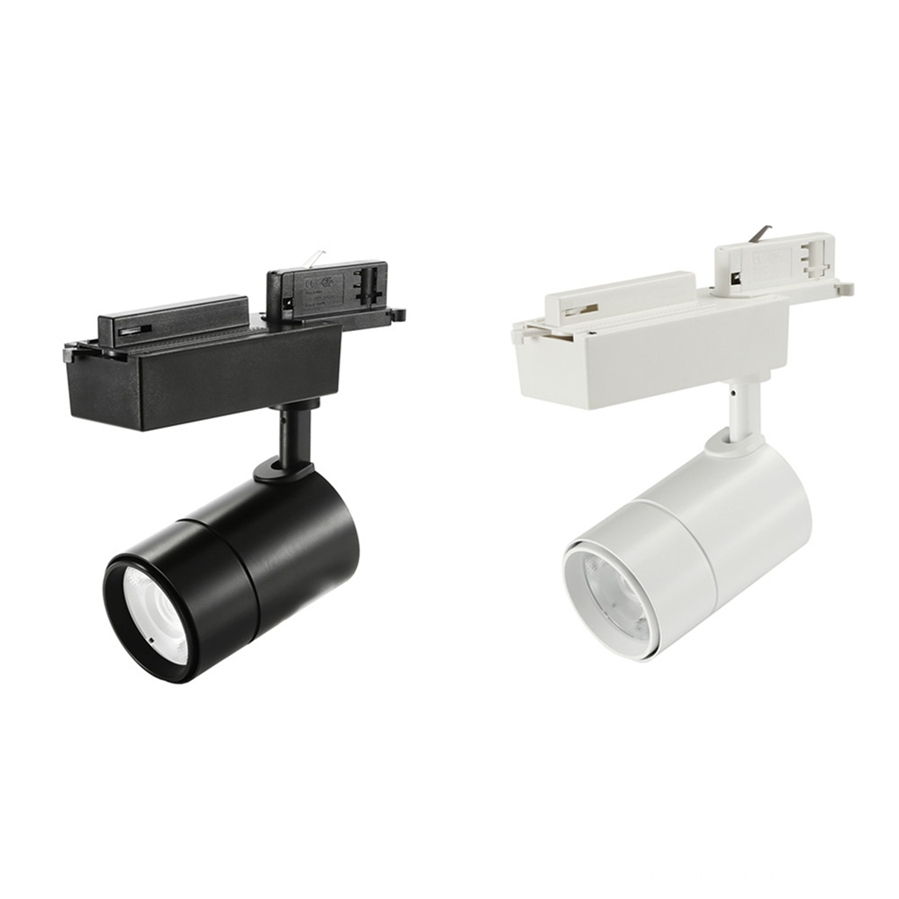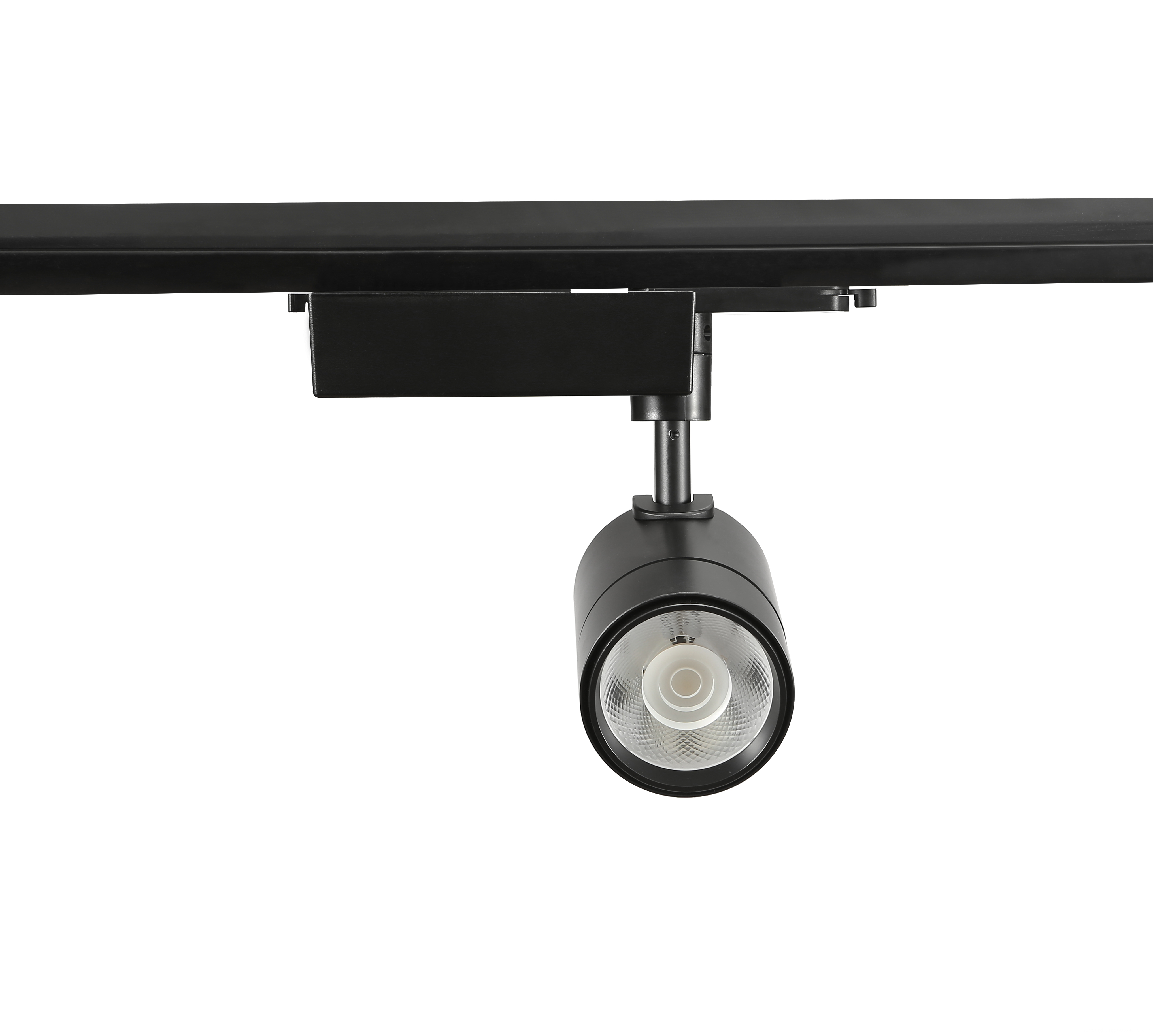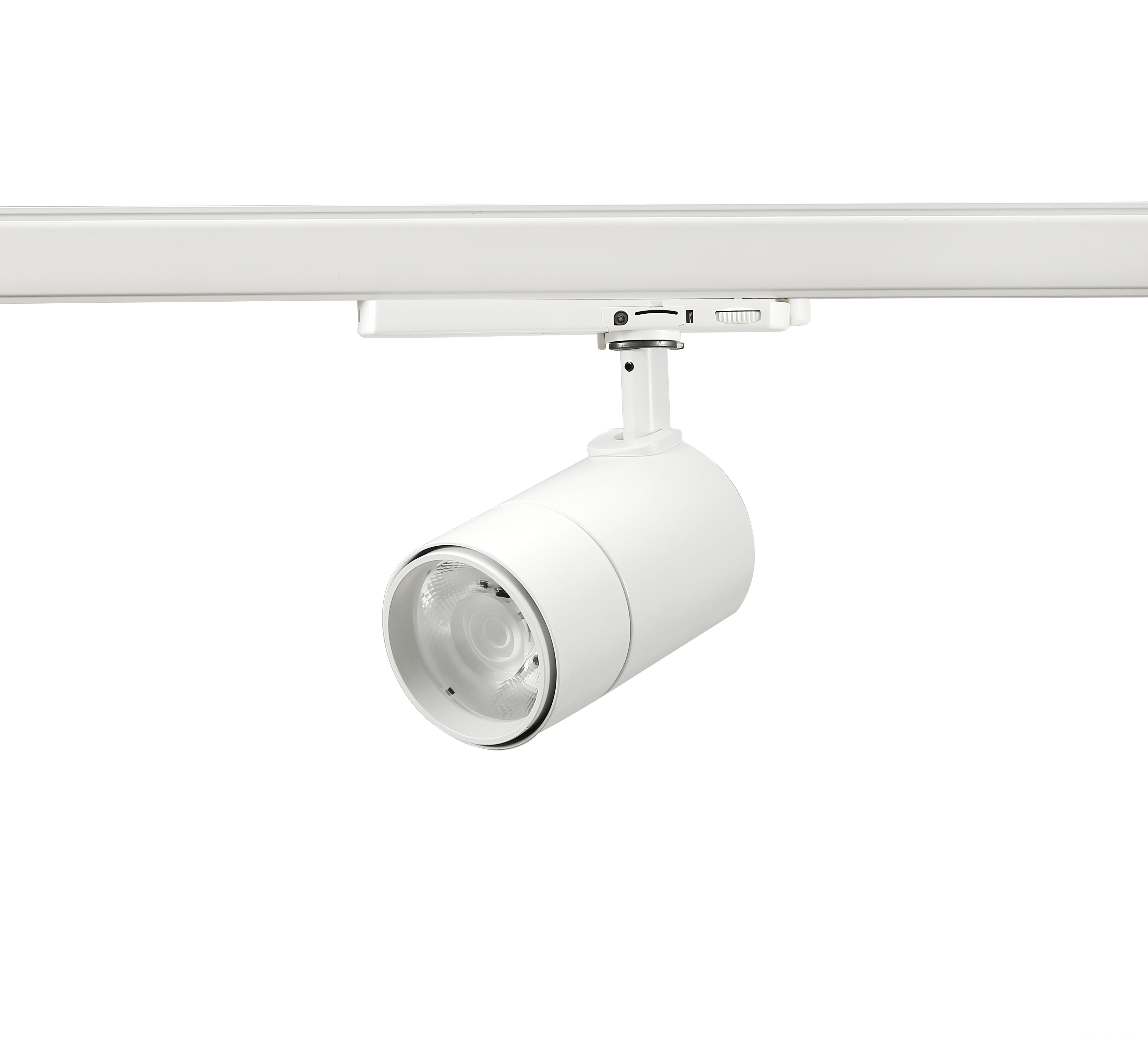The effect of an LED light source used in the evaluation studio on human skin color and skin barrier function is produced. METHODS: Thirty healthy female volunteers were selected to illuminate the skin of the upper arm with an illumination of 2800 lx LED light source for 15 minutes, once a day for 30 days. Compare the L* a* b* values, M and E values ​​of the skin color before and after irradiation, and the water content of the stratum corneum and the loss of transepidermal water. RESULTS: There were no significant differences in L* a* b* values, M and E values, and water content in the stratum corneum and transepidermal water loss before and after irradiation. Conclusion: The short-term exposure of such LED light sources used in the studio has no effect on human skin color and skin moisture content.
1 Introduction
Applying LED light sources to lighting is a major advancement in the development of science and technology. Compared with the traditional light source, it is a solid-state semiconductor material, there is no mercury pollution, and it has environmental protection characteristics, which conforms to the trend of energy saving and emission reduction. Since the application of LED lamps to lighting may cause long-term exposure to the human body, it is particularly important to test the human body radiation safety of LED lamps. The effect of an LED light source used in this experimental studio on human skin color and skin barrier function.
2 Methods and materials
2. 1 subject
A total of 30 healthy female volunteers aged 20 to 50 years were selected for this trial. Subject enrollment criteria were: healthy subjects with uniform skin color and age between 20 and 50 years of age; no serious systemic disease, no immunodeficiency or autoimmune disease; no active allergic disease; nearly one month Those who have not used hormonal drugs and immunosuppressive drugs in the whole system; those who did not participate in other clinical trials during the trial; volunteers who participated in the trial, signed informed consent and were able to complete the prescribed contents according to the test requirements; history.
Exclusion criteria are as follows: Pregnant or nursing women; diagnosed with skin tumors in the past 12 months and receiving treatment; suffering from atopic dermatitis, eczema, psoriasis or other chronic skin diseases Test observation; other pigment-related skin diseases such as vitiligo, malignant melanoma, sun keratosis, etc.; history of allergies to cosmetics, fragrances or other skin care products or their ingredients; use of anti-inflammatory drugs such as corticosteroids , aspirin (more than four days a week), immunosuppressive agents, etc.; with diabetes, lupus erythematosus, rheumatoid arthritis, etc.
2. 2 Test related instruments and equipment
2. 2. 1 LED light fixture
The LED lamp (LED50W news light, Beijing Xingguang Group) actually used in the TV studio is used, and the illumination is 2800lx.
2. 2. 2 CM2500d chromameter
CM2500d chromameter (Minolta Camera Co, Japan) is a CIE-recommended instrument for measuring color. The output of the result is represented by L* a* b *. The L* value represents the balance from white to black. The larger the L* value, the closer to white. The smaller the L* value, the closer to black. The a* value represents the balance from red to green, with a positive value indicating the red direction and a negative value indicating the green direction. The b* value represents the balance from $ to blue, with a positive value indicating the $ direction and a negative value indicating the blue direction.
2. 2. 3 Maxmeter MX18
Mexameter MX18 (Courage + Khazaka, Germany) is designed for the two main color base melanin and hemoglobin of the skin, and the results are expressed as pigment index (M) and erythema index (E).
2. 2. 4 skin moisture tester Corneometer
Skin moisture tester Corneometer (Courage +Khazaka, Germany), test principle: Since water has a high dielectric constant (approximately 81), much higher than other substances, after the test probe is in contact with the skin, the capacitance value (F The change can reflect the water content in the stratum corneum of the skin. The higher the water content of the stratum corneum, the higher the capacitance; and vice versa.
2. 2. 5 Tewameter TM300
Tewameter TM300 (Courage + Khazaka, Germany) is a standard method for reflecting the barrier function of the stratum corneum. It does not directly indicate the moisture content of the stratum corneum, but indicates the loss of water in the stratum corneum. The higher the TEWL value, the more water lost through the skin, the worse the barrier function of the stratum corneum.
2. 3 methods
2. 3. 1 Irradiation site: Select the non-exposure site—the upper arm flexion side as the irradiation area, each time in the same area.
2. 3. 2 Irradiation dose: The illuminance selected in the test is 2800lx, the irradiation time is 15 minutes, and it is irradiated once a day for 30 days.
2. 3. 3 Determination of skin physiological and physical indicators: Skin L* a* b* value, M, E value, stratum corneum water content and TEWL value were measured before the subject received the LED lamp and after 30 times of irradiation. The above indicators are measured under constant temperature and constant humidity conditions. The room temperature is required to be 25 ° C and the relative humidity is 45% to 55%. The testee enters the test environment 30 minutes in advance and is quiet to be tested. The test site is exposed 10 minutes before the measurement. . The LED light source was measured three times before and after the irradiation, and the average value was taken.
2. 4 statistical processing
The L* a* b* value, M, E value, stratum corneum water content, and TEWL were processed by paired t test before and after the LED light source.
3 Experimental results
3. 1 Subject general situation
A total of 30 subjects were selected for this trial, all female, aged 25 to 48 years, mean age 36.67 years, skin type II-IV.
3. 2 Changes in skin color L* a* b before and after irradiation
The changes in the L* a* b values ​​reflecting the skin color indicators before and after the irradiation were compared (Table 1, Figure 1 - 1, 2, 3), and the results were not statistically compared with the L*, a*, and b values ​​before and after the irradiation. Learning differences (P > 0.05).
Table 1 Changes in L* a* b values ​​before and after irradiation
18W LED Track Lights use COB Bridgelux/Luminus from USA as LED source.
18W LED Track Lights with international 2 wire, 3 wire, or 4 wire track connector.
CCT: warm white, pure white, natural white are available.
Function: Non-dimmable, dimmable and CCT changeable are available.
Types: DALI system, 0-10V systerm, Dial Switch, guide rail with power supply etc.
Beam Angle: High reflectance diffuser (Lens+Reflector) with 12° / 24°/ 36° for choice.
Dimension of 18W Led Track Lights: Φ80mm, 211*190mm
Finished Color: Matt White / Black / Silver etc.
High luminance flux: 1400lm
High CRI: >90
Input voltage: AC110/220V 50/60Hz
Certification: CE RoHS



18W LED Track Lights
18W Dimmable LED Track Light, 18W Mini LED Track Lighting, 18W Commercial LED Track Light, 18W Color Changing LED Track Light
SHENZHEN KEHEI LIGHTING TECHNOLOGY CO.LTD , https://www.keheiled.com




